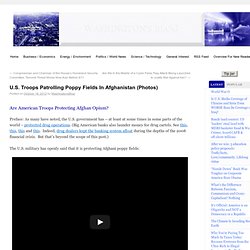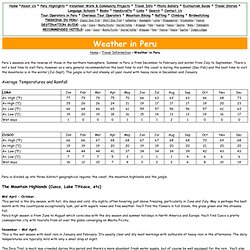

Heinrich Cornelius Agrippa: Of Occult Philosophy, Book I (part 1) This digital edition by Joseph H.

Peterson, Copyright © 2000. All rights reserved. Finnish translation by Michael Sirola is also available. You will need a Hebrew font installed to read some of this book. For an excellent edition of this important book, see Three Books of Occult Philosophy (Llewellyn's Sourcebook) For the Latin text, see Universitätsbibliothek Basel, kf II 24 (Basel, 1550).
Heinrich Cornelius Agrippa (1486-1535) is the most influential writer of Renaissance esoterica, and indeed all of Western occultism. Written in three books between the years 1509 and 1510 (he would have been 23 at the time), it was an ambitious attempt to rejuvenate the art of magic which had degenerated during the dark ages. Over twenty years later Agrippa undertook an extensive expansion and careful revision of the work, which was printed in 1533. In his Mysteriorum Libri, John Dee makes frequent mention of Agrippa's book, to the extent that he seems almost to have memorized it. [Contents] IR! U.S. Troops Patrolling Poppy Fields In Afghanistan (Photos) Are American Troops Protecting Afghan Opium?

Preface: As many have noted, the U.S. government has – at least at some times in some parts of the world – protected drug operations. (Big American banks also launder money for drug cartels. See this, this, this and this. Indeed, drug dealers kept the banking system afloat during the depths of the 2008 financial crisis. But that’s beyond the scope of this post.) The U.S. military has openly said that it is protecting Afghani poppy fields: As Wikiepedia notes: Opium production in Afghanistan has been on the rise since U.S. occupation started in 2001. Public Intelligence has published a series of photographs showing American – and U.S.
We produce these photos and the accompanying descriptions from Public Intelligence without further comment.
Economy. History. Endless War. Spanish. Peru Weather Information / Weather in Peru - A guide to the best time to visit Peru. Peru's seasons are the reverse of those in the northern hemisphere.

Summer in Peru is from December to February and winter from July to September. There's not a bad time to visit Peru, however as a very general recommendation the best time to visit the coast is during the summer (Dec-Feb) and the best time to visit the mountains is in the winter (Jul-Sept). The jungle is hot and steamy all year round with heavy rains in December and January.
Average Temperatures and Rainfall Peru is divided up into three distinct geographical regions: the coast, the mountain highlands and the jungle. The Mountain Highlands (Cusco, Lake Titicaca, etc) Mid April – October.This period is the dry season, with hot, dry days and cold, dry nights, often hovering just above freezing, particularly in June and July. November – Mid AprilThis is the wet season with most rain in January and February. The Coast (Lima, Nasca, Arequipa). The Jungle Andean Travel Web Guide to Peru.
Spirituality. Beach view from ? Esoteric Studies. Pearltrees videos. Pearltrees tips. Politics.